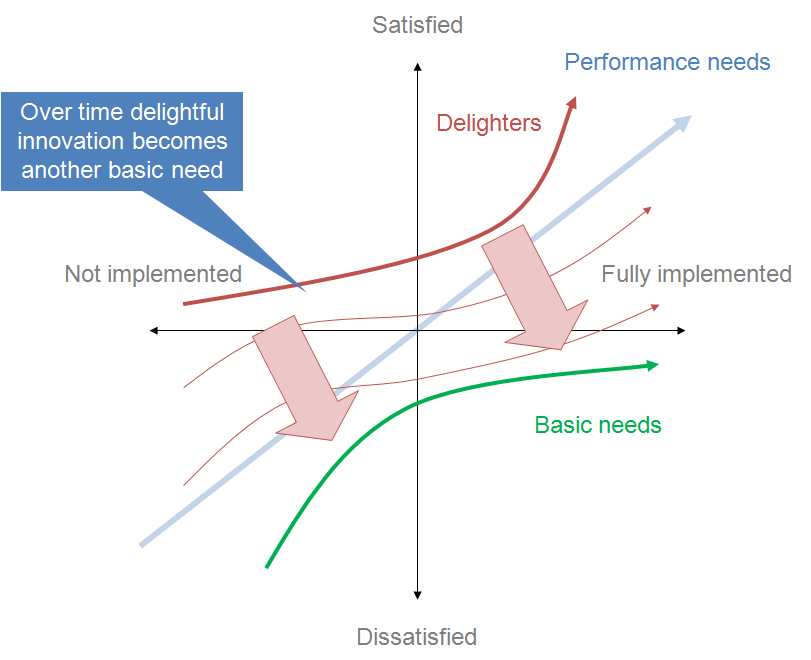"Portugal é o quarto país da União Europeia (UE) onde os custos com o trabalho - um indicador onde também são contabilizados os salários - menos subiram."Na semana que passou, em duas empresas diferentes, em diferentes zonas do país, discutimos sobre um factor crítico: a falta de pessoas para contratar.
Por isso, estranhei os números da RTP. Como imaginei que eram números do Eurostat fui à fonte pesquisar. Encontrei isto:
E continuei a não desistir. Há aqui algo que falta explicar.
E, mergulhando no documento vê-se algo que o jornalismo não refere... será que ainda existem jornalistas?
Atenção à figura que se segue:
A RTP e Correio da manhã falam dos números globais para a economia como um todo. Ora na economia como um todo existem dois mundos à parte: A economia dos negócios e a economia ligada ao estado e imagino que também ao sector social.
Assim, na página seguinte do Eurostat aparece outra tabela que separa os dois mundos:
E agora reparem na diferença dos dois mundos em Portugal:
Deu-me então para comparar a evolução dos custos laborais dos vários países no mundo dos negócios e cheguei a isto:
Engraçado como as coisas mudam: Portugal está com um crescimento acima da média. Em 28 países só temos 12 à frente. E mais, olhando para a composição da velha CEE com 12 países verificamos que o país da Europa Ocidental onde os custos laborais mais crescem é ... Portugal. E tirando a Grécia, que está sair do efeito de um rolo compressor tremendo, e os países que se livraram do comunismo, o país onde os custos laborais mais crescem é ... Portugal.
Por que é que os so-called "jornalistas" não fazem esta análise?
Imagino que para não prejudicarem a imagem do governo... porque há o outro lado das tabelas. O que esta análise revela é a austeridade no estado.

























